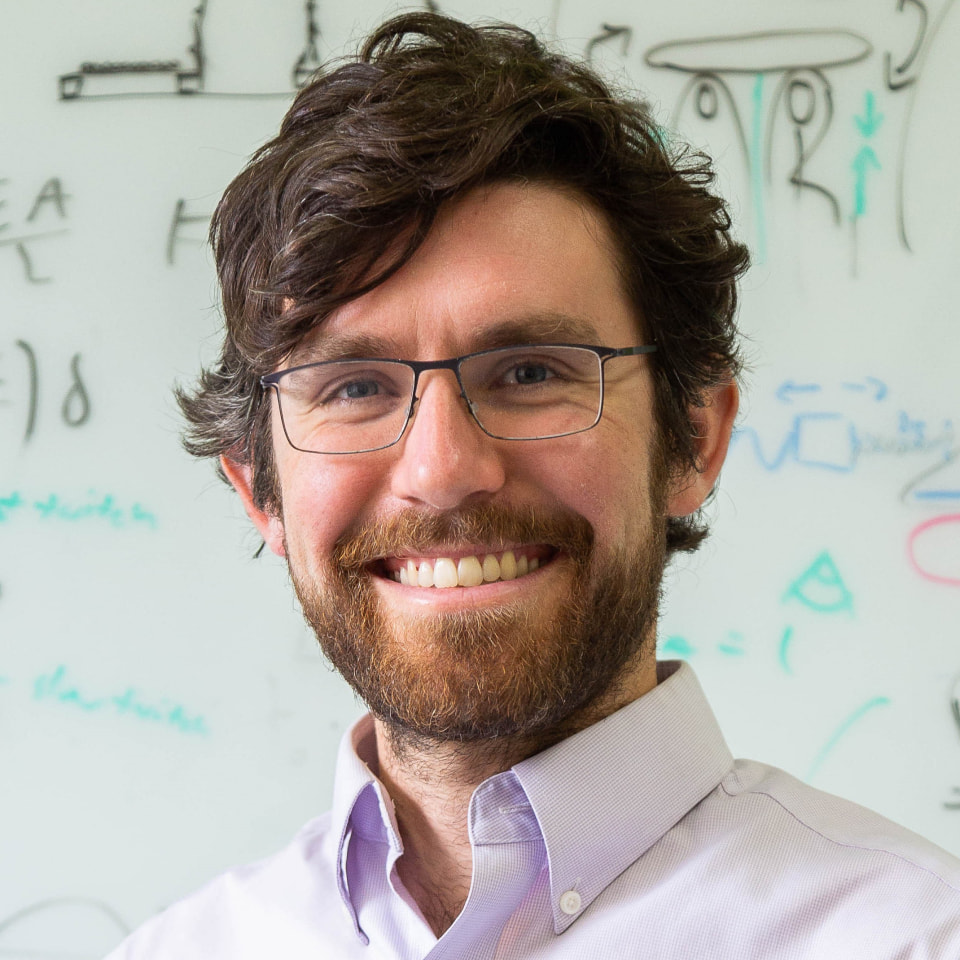Minimally-invasive access to the inside of the human body remains a fundamental challenge in medicine, one that is critical in both diagnosis of disease and delivery of therapy. Access and navigation are rendered difficult by the ease with which tissue is damaged, and by the body’s highly tortuous paths and tightly packed structures. In contrast to the methods used in medicine today that involve forcing a semi-rigid object into the body, nature often uses a fundamentally different approach: navigation via tip growth. As in a plant root, tip-growth allows a soft object to extend through constrained environments. In this proposed work, we will study and develop this type of movement for eventual impact in minimally invasive access to the human body.
Fellow
